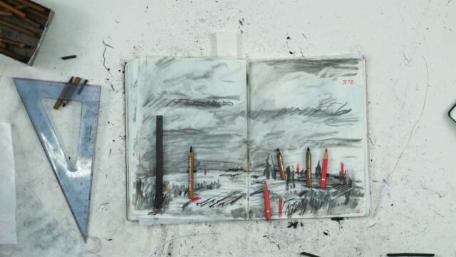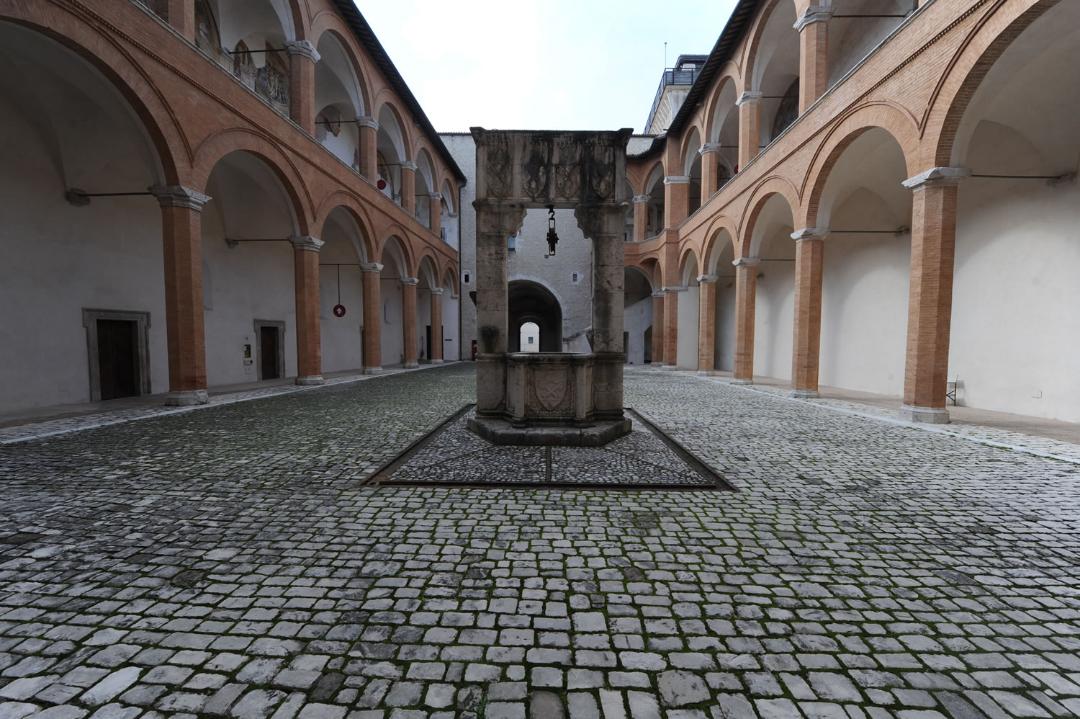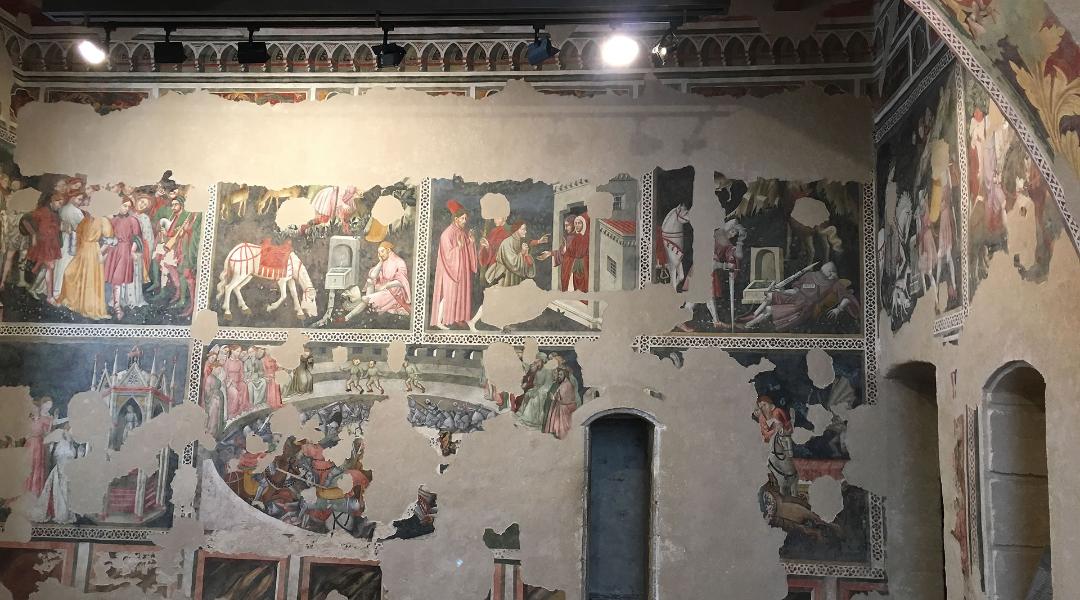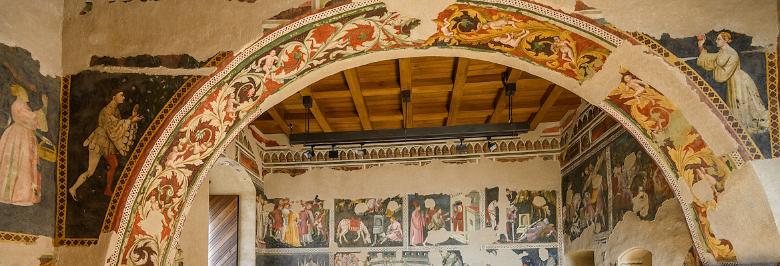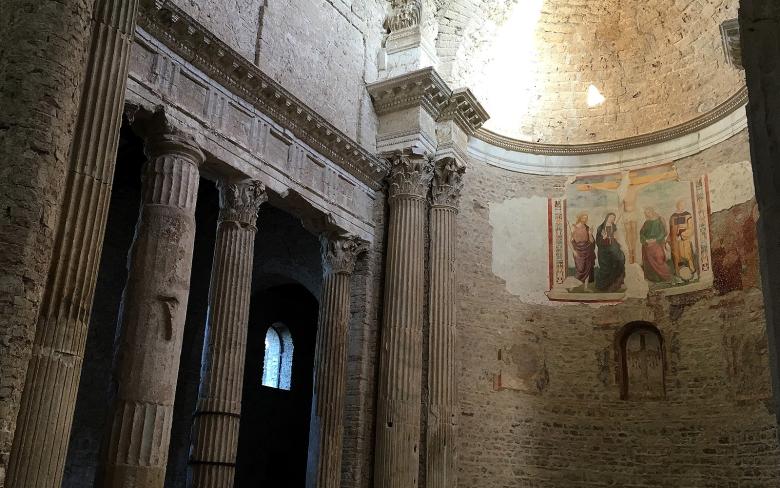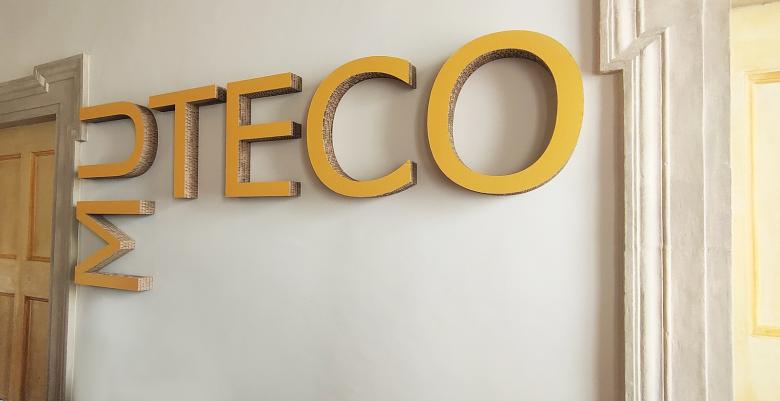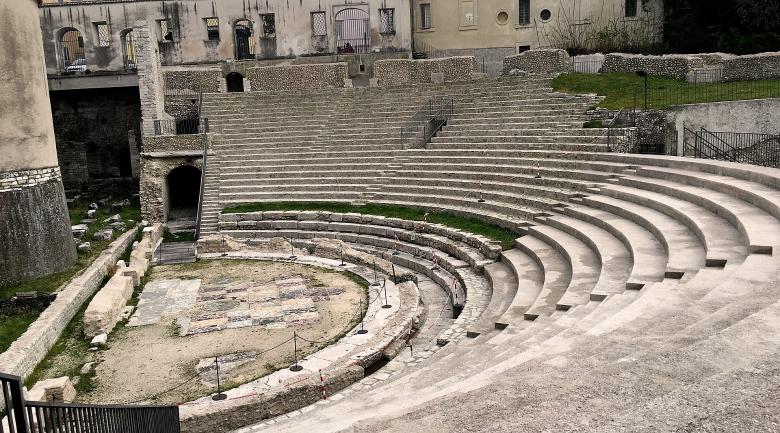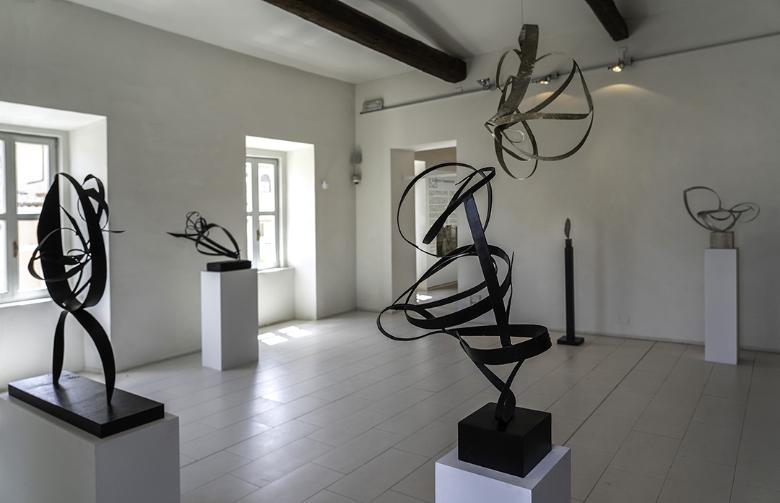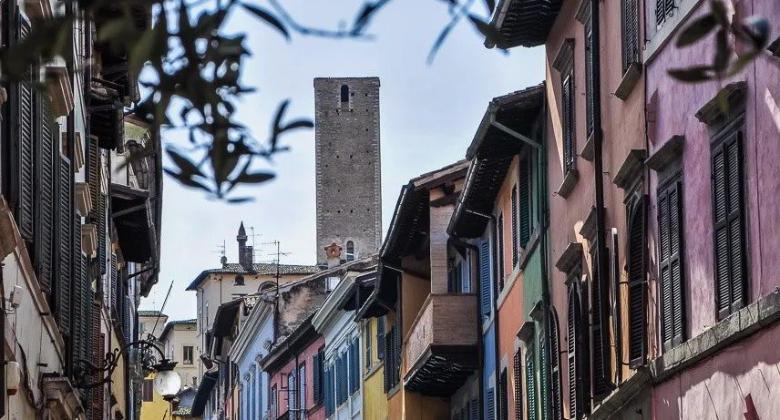La Rocca Albornoziana di Spoleto
Una delle primissime cose che si deve vedere, arrivando a Spoleto, è la Rocca Albornoziana che dal colle di Sant’Elia sovrasta buona parte della Valle Spoletana. La storia vuole che sia stato Papa Innocenzo VI a imporne la realizzazione, per ristabilire l’autorità della Chiesa. Dal 1309 infatti, il Papa e la Curia risiedevano ad Avignone e, in previsione di un rientro a Roma, fu affidato al cardinale spagnolo Egidio Albornoz il complesso compito di riportare l’ordine nei territori. Per la realizzazione della Rocca, caposaldo difensivo nel cuore dello Stato Pontificio, fu nominato, nel 1362, Matteo Gattapone da Gubbio, esperto di architettura militare. Il Cardinale, morto nel 1367, non ebbe modo di vedere l’opera completata; ciononostante la Rocca è da allora strettamente legata al suo nome.
Lucrezia Borgia la donna più affascinante del rinascimento italiano
Considerando l’esigenza di riportare ordine nella regione, la fortezza era stata pensata come strumento di controllo e difesa del territorio. Nella Rocca risiedevano i governatori della città, spesso scelti fra i parenti più stretti dei pontefici; tra questi la più nota è certamente Lucrezia Borgia, “assicurata” a Spoleto nel 1499 dal padre, Papa Alessandro VI (Lucrezia era anche sorella di Cesare, il famoso “Principe” del Machiavelli), che fece di tutto affinché non si ricongiungesse al marito Alfonso d'Aragona. Come dimostrano i numerosi stemmi pontifici che ornano gli ingressi, le torri e i due cortili, la Rocca nei secoli XV e XVI fu spesso visitata dai Pontefici che talvolta la elessero temporaneamente a residenza papale. Nel 1499 Nicolò V rimase alcuni mesi a Spoleto per sfuggire alla peste di Roma.










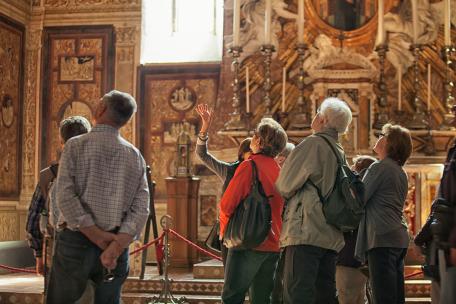

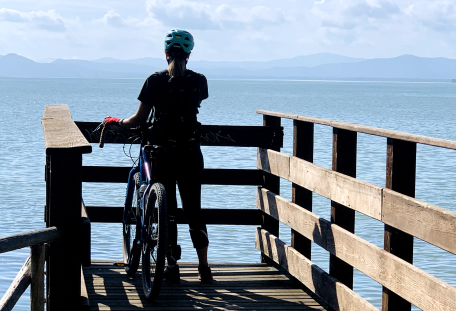






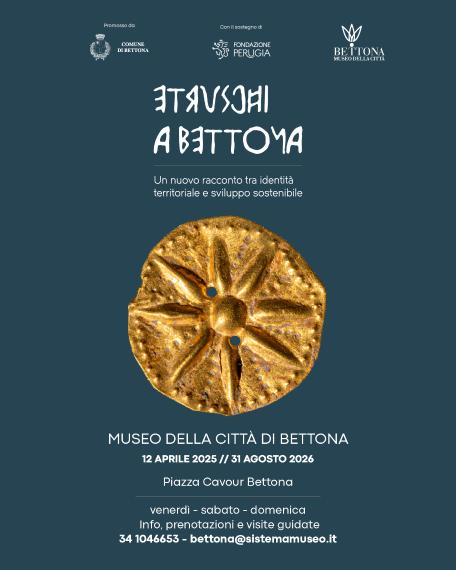

.jpg/ccb33cc7-ccc5-8b2b-1ed4-deda6003f4f3?width=456)
